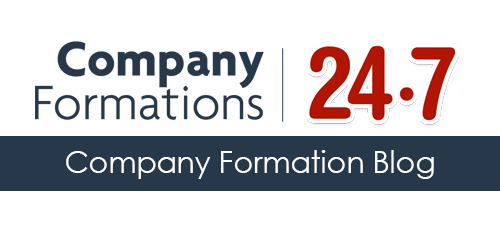The topic of tax is probably one of your least favourite subjects, however it seems that, for some small companies at least, this topic may make for more unwelcome news for the SME.
Upcoming developments will see a fair few tax changes introduced, and here we take a look at them in detail and in jargon-free, straight forward English, explaining who they may apply to, and why some small businesses are right to feel a little concerned.
The dividend tax credit: The official line
The thoughts behind the dividend tax credit are that the changes will make complex and convoluted tax rules far simpler. The chancellor, George Osbourne, forecasts that his changes will also bring about an additional £1.96bn for the public purse by the year 2020-21 (BBC 2015).
The changes: In a nut shell
Legalisation that was drafted in December of 2015 had laid the ground for tax changes that will take place from April 2016, these changes will include:
- A national 10% tax credit upon dividends will be abolished;
- In placement of this is a £5,000 tax free dividend allowance that will be introduced;
- Any dividends that are above the £5,000 threshold will be taxed at 7.5% (known as the basic rate), 32.5% (known as the higher rate) and 38.1% (known as the additional rate), depending upon how large the dividend is;
- Dividend received for pensions and ISAs will not be affected by the new legalisation;
- Income from dividends will now be regarded as the top band of income;
- Those who are basic tax rate payers who receive dividends in excess of £5,001 will be required to complete a self-assessed tax return.
So, what does this mean for the average SME?
This legislation has really been designed with one sole goal in mind: to address the issue of small companies that pay reduced salaries in order for their staff or owner to hold onto their entitlement to the state pension, and who provide such people with dividend payments to drive down the national insurance that they pay.
Experts within the field argue that this is a clear sign that the government is against small companies, preferring individuals to be self-employed instead.
Most certainly these changes will be most impactful upon the spouses within family companies, where in fact such a family could be as much as £5,000 worse off each and every year.
The media reacts
Reaction to the changes have been largely negative, and beyond criticism of Osbourne’s seemingly anti-small business agenda, others have gone on to also describe the new tax on share dividedness as both convoluted and confusing: the very issues that Osbourne has said he’s trying to overcome.
What’s more others are pointing out that these changes will leave some better off – namely those who are higher rate tax payers who receive £5,000 or less in dividend income.
Employment Allowance
A further tax change upcoming this year will come in the form of changes to the Employment Allowance (which has traditionally been used to reduce National Insurance costs for the majority of employers). This system has previously been helpful for contractor limited companies, however the changes will restrict this scheme, where such companies will no longer be able to claim the allowance.
The employment allowance: How it works
The Employment Allowance is really still only in relative infancy, having been introduced in April 2014, it is then of little surprise that this scheme has seen changes.
Originally this allowance was introduced to boost the jobs market within small to medium sized businesses. It provided eligible employers with reductions in their national insurance contributions that they paid for employers by as much as £2,000.
Positive changes for everyone but contractors
For those who are outside of the contractor realm there’s good news: the allowance will be increased to £3,000 from April 2016. Generally speaking any business that pays Class 1 NI for their employers and directors will qualify. They must also be paying their employers a salary that meets the Primary National Insurance threshold, which (as of 2015/16) is £8,060.
By official figures the government has estimated that this change will see up to 450,000 businesses and charities no longer having to pay any employer NICs at all.
The landscape for contractors
The landscape for contractors in relation to the Employment allowance remains the same: that is to say that they’ll still have no eligibility. And it isn’t just contractors that are affected by this, with additional businesses and individuals being:
- Freelancers;
- Those who provide services to the public sector;
- Those who employ someone on a personal level for domestic work (such as an au-pair or cleaner);
- Those who provide services, such as IT, to a public sector body.
Some positive news for the SME
Beyond what may have been a seemingly double set of blows that do not benefit the non-incorporated SME, there is still much to look forward to with additional news from the Chancellor’s most recent announcements. Namely the autumn statement of 2015 has outlined plans for:
Business rates relief
The popular Business Rates Relief scheme has been extended. For those who don’t know, this provides some of the UK’s smallest businesses with anything up to 100% relief for what could otherwise be crippling business rates.
Additional enterprise zones
Leading on from the first 15 enterprise zones in the smaller of towns and more rural of areas, Osbourne has named further projects that will take the tally up to 26. These areas benefit from reduced taxes, as well as what may be invaluable business support.
A confirmation that Entrepreneur’s relief will not be cut
Entrepreneurs Relief provides for anything up to £1.8m savings on capital gains, and £10m savings on the disposal of shares. Many thought that this would be completely closed as of April 2016, however this was decidedly missed out of the statement, although industry experts do envisage this to be merely putting off the inevitable.



